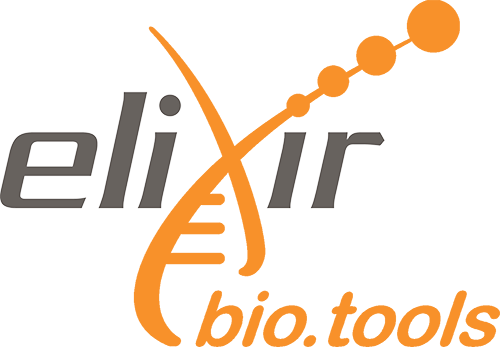e-learning
Creating metadata using Ecological Metadata Language (EML) standard with EML Assembly Line functionalities
Abstract
This tutorial aims to teach how to use functionalities of the EML Assembly Line R package to produce rich metadata using the Ecological Metadata Language (EML) international metadata standard. Here, we will notably propose a concrete example on how to use Galaxy Ecology tools to create, evaluate and modify EML metadata content using both EML Assemby Line metadata template tabular files, easily readable and editable by humans, and XML file, devoted to machine.
About This Material This is a Hands-on Tutorial from the GTN which is usable either for individual self-study, or as a teaching material in a classroom. ## Questions this will address - How to generate detailled metadata easily from biodiversity datasets ? - How to use international metadata standard? - How to update metadata informations ? ## Learning Objectives - Explain the necessity of using such tools when producing ecological metadata - Learn how to create rich metadata using Ecological Metadata Language (EML) standard - Learn how to update EML metadata
Licence: Creative Commons Attribution 4.0 International
Keywords: Biodiversity, Data Paper, EML, Ecology, FAIR, Metadata
Target audience: Students
Resource type: e-learning
Version: 7
Status: Active
Prerequisites:
Introduction to Galaxy Analyses
Learning objectives:
- Explain the necessity of using such tools when producing ecological metadata
- Learn how to create rich metadata using Ecological Metadata Language (EML) standard
- Learn how to update EML metadata
Date modified: 2024-09-10
Date published: 2024-03-04
Contributors: Björn Grüning, Coline Royaux, Glinez Thibaud, Helena Rasche, Yvan Le Bras
Scientific topics: Ecology
Activity log


